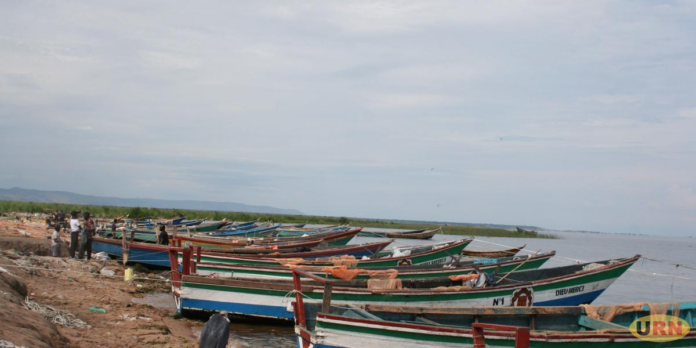By URN
Health workers in Kikuube District have raised concerns over the increasing HIV/AIDS prevalence among fishing communities along the shores of Lake Albert. Kyehoro Landing Site in Kabwoya Sub-county has been identified as a hotspot, with the HIV prevalence rate standing at 7%, significantly higher than the national average of 5.1%, according to statistics from Kyehoro Health Center III.
Innocent Irumba, the in-charge of Kyehoro Health Center III, attributes the high infection rates to alcohol consumption, multiple sexual partners, transactional sex, and unprotected sex with non-regular partners at the landing site. He also points to factors such as migration, night fishing, and redundancy during the day, which increase sexual vulnerability.
While many men and women in these fishing communities are aware of the risks of HIV, Irumba notes that cultural attitudes discourage condom use.
To curb infections, health workers are distributing free condoms and encouraging HIV testing and counseling. However, Irumba says their efforts are being hindered by the suspension of USAID-funded activities that previously supported NGOs conducting HIV/AIDS awareness campaigns.
Kikuube LCV Vice Chairperson Vincent Alpha Opio cites high mobility rates and gaps in HIV prevention programs as key factors fueling the crisis. Residents, including Patrick Okumu from Kyehoro, emphasize the urgent need for improved HIV/AIDS services in fishing communities. He highlights the lack of nearby testing and counseling centers, forcing those infected to travel long distances for medical care.
Jackline Kugonza, a fishmonger at Kyehoro Landing Site, stresses the importance of expanding HIV counseling and testing services and ensuring access to antiretroviral treatment for those who test positive. She calls for tailored HIV prevention programs suited to the unique challenges of fishing communities, especially those in remote areas.
According to the Uganda AIDS Commission’s 2024 estimates, the national HIV prevalence stands at 5.1%. The data also show that HIV/AIDS-related deaths have dropped from 53,000 to 19,000 in just over a decade, while new infections among babies have declined from 30,000 to 4,700.
HIV prevalence among adults aged 15 to 64 is 6.2%, with higher rates among women (7.6%) than men (4.7%). The statistics further reveal that urban women have a higher prevalence rate (9.8%) compared to those in rural areas (6.7%). Uganda currently has approximately 1.2 million people aged 15 to 64 living with HIV.



